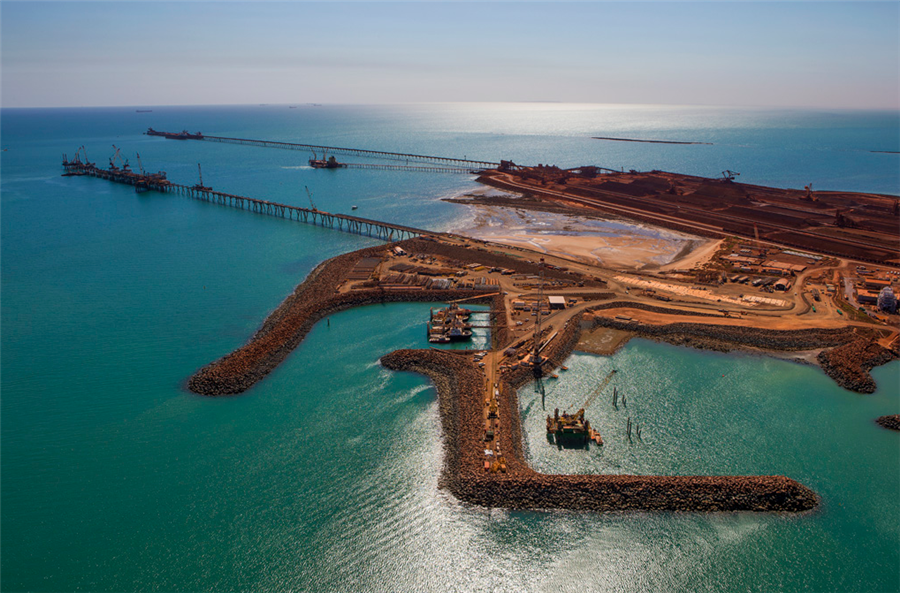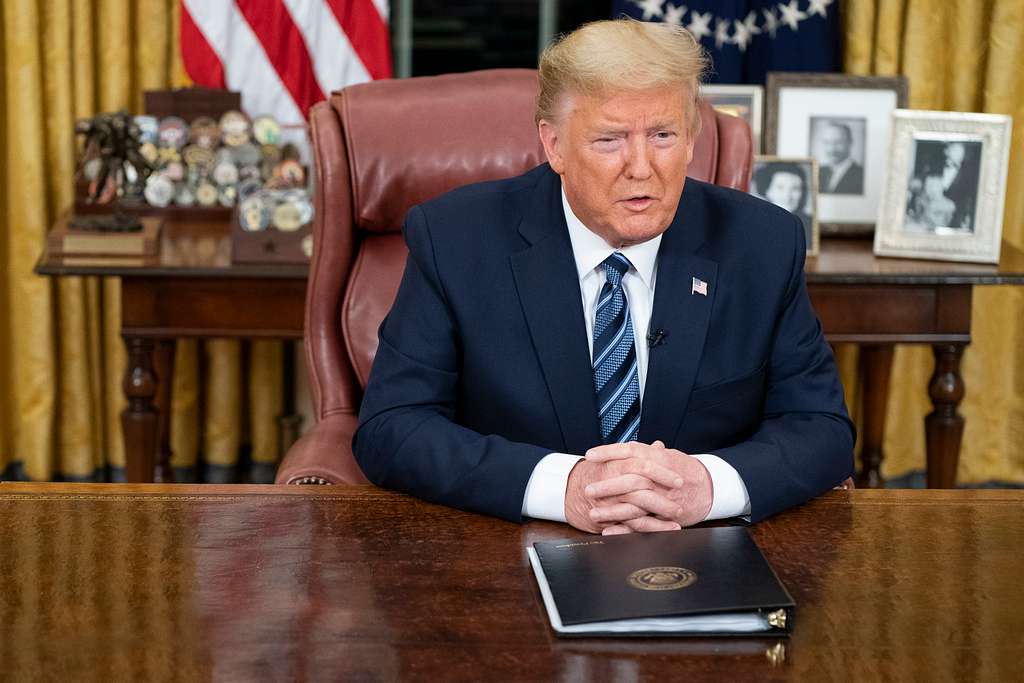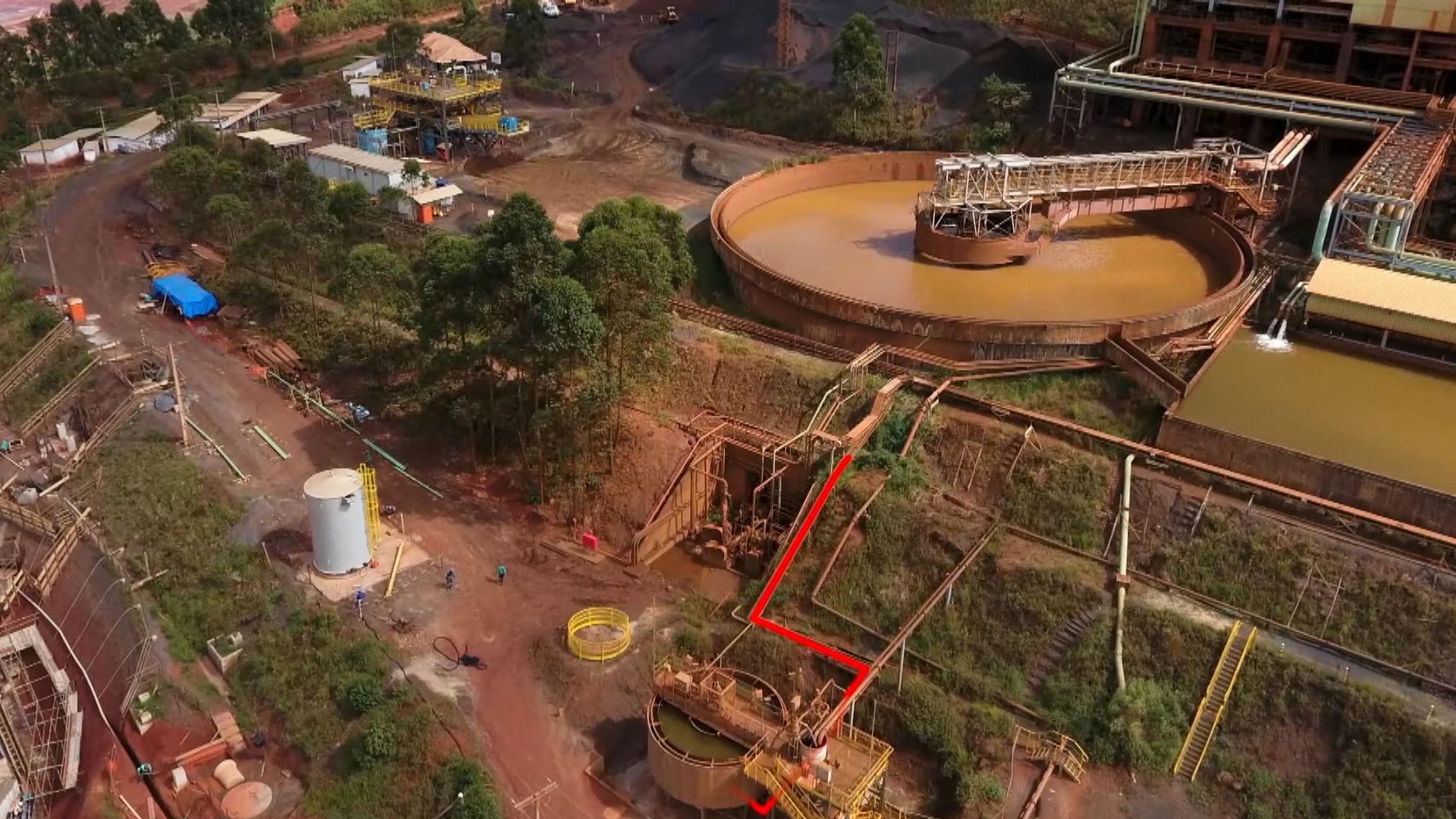Rio Tinto looking at possible lithium deals, Stausholm says

Rio Tinto Group, the world’s biggest iron ore miner, is looking at a number of possible lithium acquisitions and would like to buy an asset to produce the key battery material in Canada, according to chief executive officer Jakob Stausholm.
The London-based company was “looking at a number of opportunities” in lithium, Stausholm told media in Melbourne on Tuesday.
“I wouldn’t mind having lithium production in Canada,” he said, but added lithium was “a pretty hot market” and he was “reluctant to come out with too big of a check.” Rio already produces aluminum, iron ore and diamonds in the nation.
Demand for lithium, a core ingredient in electric vehicle batteries, is surging as carmakers around the world rush to build their EV manufacturing capacity. Production of the metal is dominated by smaller specialist producers, with most global diversified miners staying away.
Rio is the exception. The world’s second-biggest miner is developing the Rincon lithium project in Argentina, and was planning to mine the battery metal in Serbia before the government there blocked the development.
Stausholm’s comments came shortly before an announcement that Rio had signed a deal with UK-based exploration company Aterian Plc to explore for lithium in Rwanda. The agreement gives Rio the option to invest $7.5 million in the joint venture.
Rio still sees opportunities for small-scale deals in metals that could be similar to its purchase of a majority stake in a Chilean exploration project this week, Stausholm said. Still, he stressed the need for organic growth, saying the hype around lithium and copper — another key material in the clean energy transition — wouldn’t influence the company’s thinking on deals in those sectors.
The move into lithium is part of Rio’s strategy to expand beyond its Australian iron ore business, by far its biggest earner, Stausholm said.
While Rio sees steel production in China as falling slightly this decade, the market currently looked to be “fairly stable,” he said. Stausholm added there would be growth in steel production in other markets, particularly India.
(By James Fernyhough, with assistance from Mark Burton)
More News
Rio Tinto posts lowest Q1 iron ore shipments since 2019, tempers forecast
April 15, 2025 | 03:55 pm
Trump orders tariff probe on all US critical mineral imports
April 15, 2025 | 03:16 pm
{{ commodity.name }}
{{ post.title }}
{{ post.date }}




Comments